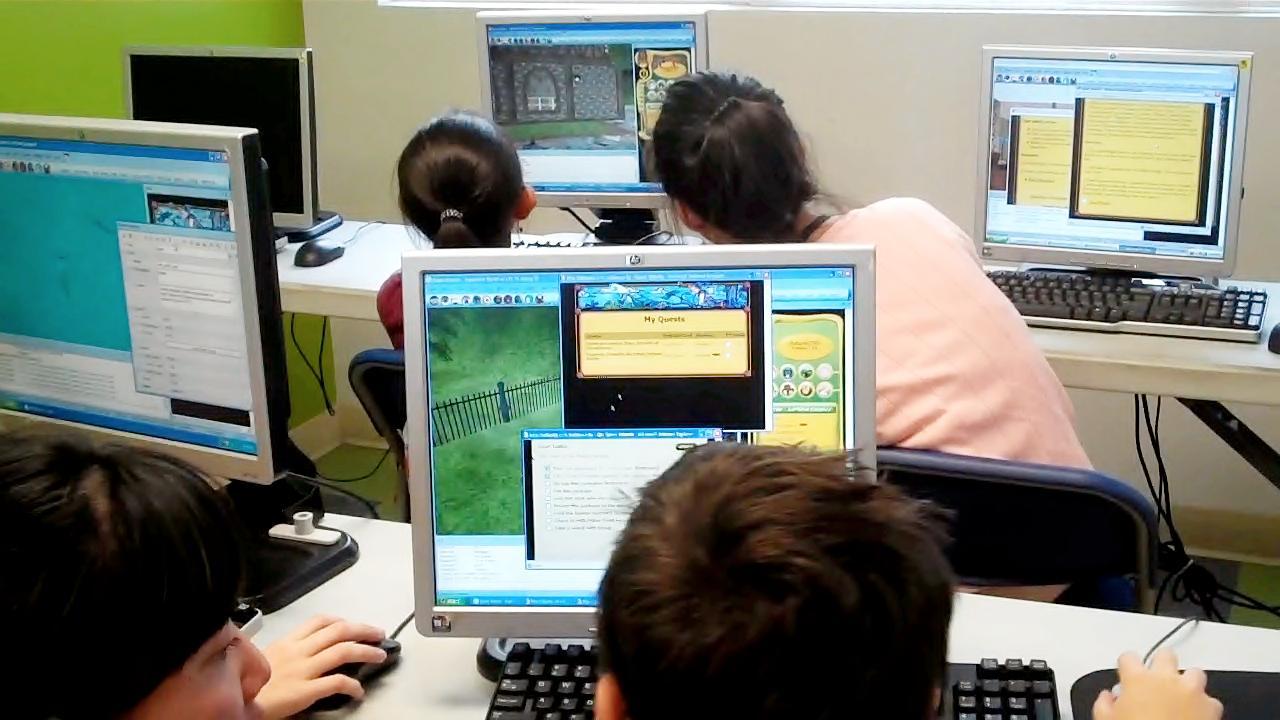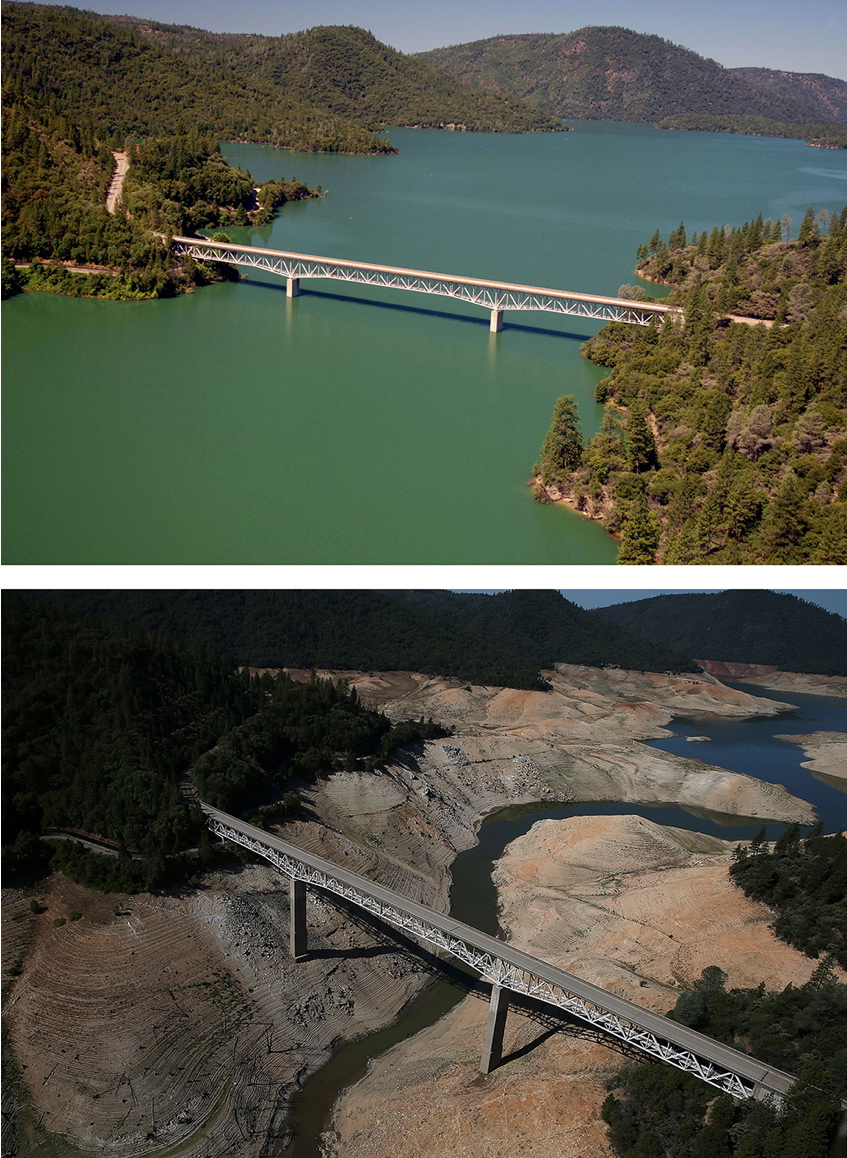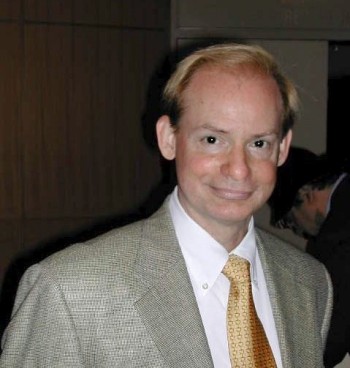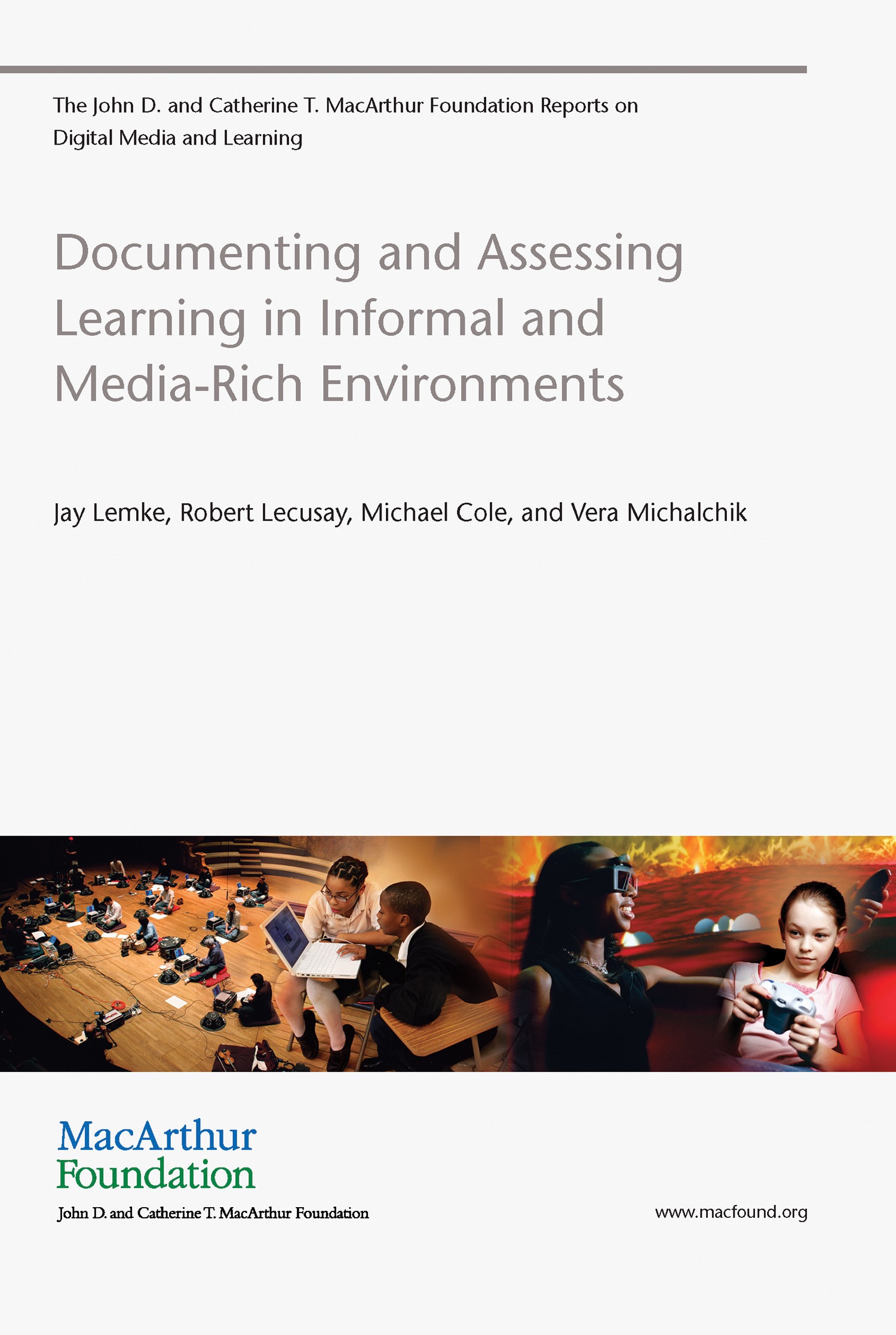Chronopaths: Feelings in Place #2
 Sunday, November 19, 2017 at 04:41PM
Sunday, November 19, 2017 at 04:41PM The Covered Lane in Provence
In a small and very old town in the south of France, this covered lane steps down a hillside from the town center toward an outer street. Even though much restored and very lightly modernized to accommodate people living and visiting here, you still get the feeling of heavy, old medieval stone building -- a darker, cooler passageway, a short escape from the hot summer sun.

What is there about old stone building and narrow passages that give us a feeling of security, of being protected from sun, from rain, and perhaps from the surprises or dangers of open spaces?
There is a strange paradox in human feelings about comfort and security, that on the one hand we feel comfort in protected and enclosed spaces, but on the other we also rejoice in openness and freedom of movement. Walking down this passageway you feel that you want to reach out your arms and touch the walls on both sides. You want to feel their solidity and the coolness of the stone. You want to look up at the archways above, which are often decorated at the top because others for generations have also looked up. And you want to look down at the cobblestone steps to keep your footing as they force you to maintain a wariness that balances with the feeling of relaxation and comfort of being in the enclosed passageway.
Feelings have an interior dynamic. They are not all one thing or another. They both push us and pull us, lift us and enclose us, keeping us both relaxed and alert. We can name one part of a feeling or another, but there are no names for the wholeness of what we feel.
Chronopaths: Feelings in Place #1
 Thursday, November 16, 2017 at 06:15PM
Thursday, November 16, 2017 at 06:15PM The greenhouse
Perhaps my favorite place in San Diego is this old wooden greenhouse in Balboa Park. The attraction of this place for me is not just the beauty of its architecture, the escape it provides from a world of steel and concrete, or even the natural beauty of the trees, plants and flowers inside.
People are quiet inside the greenhouse almost as if in a library or a church. There is a feeling of hush amidst the lush of the foliage. There is a feeling closer to oneness with the natural world that has been bridged closer to us by being brought inside a human structure.
The roof and dome are open to the outside air, the sky and the sunlight. The breeze blows through it, but gentled by the old wooden structure. The feeling inside is partly inspired by smells of old wood, growing things, and flowering plants. It is always a little more moist inside than outside in the normally dry San Diego climate. You walk along the narrow stone paths so close to the plants and trees that they can almost touch you.
The experience and feelings here are both those of being in a place, inside a greenhouse, but also of moving through it and experiencing changing views on a scale that is small and human at ground level, contrasting with the much larger scale of the elegantly rising roof and dome open to the sky above. You feel drawn upwards as if in a cathedral, but in place of bare stone and a closed roof, cut off from the harsh world outside as cathedrals are meant to do, here you feel a connection with the world outside, surrounded by park and grass, a connection through the air and sky, a connection through the plants and trees and flowers, being part of a living system.
You can walk quietly through as an observer, distancing yourself from the life around you, tranquil and unmolested. But even as an observer you feel connected, you feel drawn towards the life around you and a part of it. There is a subtle feeling of being balanced between stepping back and falling in. Just as there is between grounding yourself in earth and life or letting yourself rise and soar.
The feeling of the greenhouse is not a static feeling. It provides a small chronopath, both as you move through the space and as the focus of your feeling shifts between above and below and between stepping back and falling in. It affords a small world of unique feelings that I only have here.
Demonstrating the Value of Informal Learning
 Wednesday, March 11, 2015 at 08:43PM
Wednesday, March 11, 2015 at 08:43PM
The scope of valued learning outcomes for informal learning activities should include social, emotional, and developmental outcomes as well as content knowledge and should include learning by groups and whole projects as well as by individuals. [p 54]
Assessment must also be so organized that it can recognize unanticipated valuable outcomes and processes … [p 55]
-- from Documenting and Assessing Learning in Informal and Media-rich Environments (MIT Press 2015)

In 2010, along with my co-authors Michael Cole and Robert Lecusay (LCHC/UCSD) and Vera Michalchik (SRI/Stanford), I was asked by the MacArthur Foundation’s Digital Media and Learning initiative (DML) to convene a series of expert meeting and review the state-of-the-art in documenting and assessing learning in informal settings (including museums, after-school programs, community centers, and online communities).
Our final report, now published as a book by MIT Press (2015), presents the framework we developed across a series of three invitational meetings with more than two dozen research experts across the US, along with an extensive review of published research and our final recommendations and conclusions.
Two of those conclusions are highlighted above. Together they reflect our own and others’ experience with doing and studying informal learning to indicate why demonstrating the value of informal learning is a challenging task. Not because there are not plenty of valuable outcomes to be seen, but because they are often not the kinds of outcomes that educators, funders, and policymakers are initially looking for.
The traditions of formal education bias our assessments towards looking for predictable increases in knowledge by individuals. Schools have curricula that set fixed goals for everyone, so tests are designed to see if those goals are met. Informal learning is more improvisational and its outcomes are less predictable. It also encourages learning by whole groups and often results in learning by whole projects and organizations. Creative work leads to learning how to collaborate better, how to persist in a task and overcome obstacles, and how to pose your own questions and follow-through. More often than not, assessing informal learning means looking back afterwards to see valued outcomes you never expected in your original planning.
There are many other important conclusions from our project and I will review them in future posts here. For the book, click on the link above or the cover image.
Wider discussion of these issues by all the authors will happen on a new blog:
Assessing Informal Learning
Against the Establishment of Curriculum
 Friday, January 16, 2015 at 06:16PM
Friday, January 16, 2015 at 06:16PM Standardized Curriculum is a 21st century Establishment of Religion.
Its imposition by law on all citizens is a violation of Freedom of Conscience and of the Constitutional ban on establishment of religion in the United States.

The core of religion and of the freedom of conscience, which the Constitution seeks to maintain inviolate, is in modern times, as famously argued by christian theologian Paul Tillich, whatever matter is of “ultimate concern” to each of us. In past centuries, and still for many people, that ultimate concern is a God and our relation to it. Today for many more people our “ultimate concern” may be: our personal and political relations with others; how to live responsibly as one species among many on a planet of limited resources; our destiny in deep time as the seed to spread beyond our one planet of origin; understanding the origins of life, conscience, and the visible and invisible cosmos, or the workings of life and matter past, present, and future; or any other Ultimate Concern which motivates our lives.
Ultimate Concern, framed as knowledge and understanding, may be for its own sake or as a means to some ultimate moral end, be that a traditional religious one or some other: the welfare and happiness of our families, communities, or humanity more widely; the exploration of the Universe or the universe of possible ways of life; the creation of new forms of life or intelligence; universal social justice; or whatever our conscience determines.
In all these cases, it is an ultimate issue of conscience and individual liberty that each of us grow as quickly as possible into as full a capacity as possible to make these judgments. Without the tyrrany that Government shall choose them for us, or hinder us in their pursuit, at whatever age, with arbitrary requirements of time and study in whose choice we are allowed no voice whatsoever until the third decade of our lives, and little enough even then.
It is simply fact that we are all fully capable of meaningful choice and the exercise of freedom of conscience, in ourselves and in dialogue and concert with – and dissent from – our families and communities, in ever-growing degree, throughout our lives, from our earliest years.
Against this, the tactic of delay is ever one of the most common tools of oppression. Wait, we are always told, do as we say until we decide that you are ready to be our equals and make your own choices. So said the State Socialists promising the never-came freedom of true Communism. So the European races said to all the other peoples of the world throughout their colonialist tyrrany. So men have said to women all through history until recent decades and in many parts of the world say still.
True Freedom of Conscience and judgment regarding the Ultimate and all the other concerns of our lives begins with life itself, and we ever have the human Right to assume the maximum choice we are capable of with all the support and assistance others can give us, and not merely the bare minimum that powerful others choose to allow us, or more often not allow us.
To enforce by Law a compulsory schooling in which we the citizen students have no vote or voice in the subjects, times, or methods imposed upon us is not only an immoral tyrrany in itself, it is also a profound abrogation of our rights of conscience and an anti-Constitutional establishment of secular religion.
I do not hold that the very youngest of us are equally able to exercise their freedom of conscience, but it should be self-evident that like all capacities this one grows and develops through our efforts to make choices and judgments with the assistance of others at every age. It is not for them to make all our choices and judgments for us and to delay and hinder us in the development of our own capacity. I do hold that throughout the second decade of life substantial and growing capacity does exist and is sufficient to participate as, at the start of that decade, an equal partner, and by its end as the predominant judge in matters of what to study, when, and in large part how.
The principle of freedom of conscience is not compatible with the imposition on younger citizens of a total curriculum lasting twelve years or more without their consent, without consultation or regard for their conscience or concerns. We may legitimately disagree as to how much consultation and freedom of choice at is most appropriate at each age, but it is a moral and developmental imperative that there be some consultation and freedom of choice at every age, and substantially more with each passing year. We need to vehemently dissent from the totalitarian movement to impose a single, uniform, non-consensual diktat regarding the whole content, timing, and methods of schooling on every single citizen in complete disrespect of our common humanity and universal freedom of conscience. We need to accept that a uniform national curriculum, or indeed separate state or local standardized curricula, codified in law represent an establishment of religion and an abrogration of freedom of conscience contrary to our Constitution. And then, perhaps, we can return to the project of creating a genuinely democratic system of education worthy of a free people.

Institutional Failure in the West
 Friday, September 5, 2014 at 04:23PM
Friday, September 5, 2014 at 04:23PM Education, Government, Religion, Business, Environment, Culture
I used to wonder how it could happen that whole societies, or at least their institutional structures could suddenly collapse, as history and archeology show us has happened repeatedly in the human experience. Now it doesn’t seem so incomprehensible.
There is a pervasive failure of fundamental social institutions here in the US, with other Western societies and those that emulate us being gradually dragged down along with us.

Our educational institutions are massively failing to promote deep understanding, critical and creative thinking, or intellectual enthusiasm. To maintain the illusion of reform and improvement, they judge themselves by only the most superficial criteria. They are increasingly under-resourced relative to their primary functions and a growing and ever more diverse population, and there have been no new ideas for radical alternatives in the past 50 years. It seems increasingly evident that society’s powerbrokers do not want, and probably fear, effective education of democratic voters.
Our governmental institutions have been captured, or at least neutered, by private and corporate interests that clearly do fear the power of democratic governments to tax their wealth and restrict their unparalleled greed and willful ethical blindness. The power of money to influence elections through the mass media depends on having voters who were never educated in habits of critical thinking and who are deprived of access to facts about important issues. Governments have borrowed their way into near-bankruptcy because they know voters will not pay taxes to support the wars and corruption that keep politicians in power. Even the most well-meaning governments do not understand that what is in the government’s best interests (secrecy, spying on citizens’ communications, persecuting whistleblowers, preparing for every military possibility) is often not in the people’s best interests.
Our religious institutions are divided between boring, stale traditionalists and fanatically irrational purveyors of simplistic superstition and literal belief in inspiring but ahistorical legends. The rise of “fundamentalisms,” Christian, Jewish, Muslim, and even Buddhist exploits people’s gut revulsion at a society whose leaders value only wealth and power and have long since lost any sense of justice, generosity, harmony, wonder, or reverence.
Our economic institutions have turned from providing better goods and services to exploiting the microsecond volatility of complex computerized markets to allow those who can afford the technical access to drain wealth from everyone else, invisibly and giving nothing in return. The US economy and even moreso the smaller UK economy have become dangerously distorted by new financial “industries” that daily disprove the economic theories of rational allocation used to justify them. Meanwhile, the quality of goods and services accessible to all is falling, with a growing division of markets into high-end for the few and low-end for nearly everyone.
We scarcely even have institutions to cope with dangerous and increasingly global environmental destabilization. Financial and governmental interests do not want to take radical action to prevent the local and global disasters that we edge ever closer to. Future generations will revile them, and perhaps all of us, for centuries to come. No one wants to talk about the fundamental basis of environmental danger: unrestricted human population growth.
California: 2011 (top), 2014 (bottom) 
The arts and popular culture are among our most thriving institutions, but the growing separation of the elitist, backward-looking fine arts from the escapist, profit-driven, adolescent fantasies of mass popular culture is entombing the former in its cultural museums and reducing the latter to the function of the Roman gladiators. The rare exceptions are the gems of our era, but they gleam brighter because of the dreariness all around them.
These observations represent long-term trends at least since the 1980s and in many cases over much longer periods. All of the trends are accelerating. There are no effective economic, political, governmental, religious, or educational counter-movements to be seen. Democracy itself is waning; through apathy, the narrowing of channels for direct participation, mass disinformation campaigns, and the toxic paralysis of decision-making promoted by special interests.
The currently most promising ray of hope, internet democracy, is just marginally able to quickly assemble grass-roots coalitions large enough to frighten politicians into voting for the popular good. But by and large its successes also depend on splits within power elites, dependent on some supporting the internet initiatives. In the longer term, quietly and behind the scenes, the public interest is still defeated by less visible measures that subvert and undo visible and heralded victories. No radical change is going to come from this parallel popular democracy, which still depends ultimately on politicians more beholden in the short term to wealth and special interests than to the average voter. Signing petitions is not going to get capital gains taxed as ordinary income, re-distributive wealth taxes instituted, major reductions in military spending, or the closing down of domestic spying programs.
What will reverse these larger trends? It is hard to see any positive scenarios that are persuasive. Massive social unrest, major climate failures, famine, war, epidemics, economic collapse, and the other usual suspects can disassemble existing, failing institutions. Very unpleasantly. But what will come next? Can we imagine and create better economic, political, educational, environmental, moral and cultural institutions? How long will that take? And how many generations will suffer tragically before it happens?
Absent time travel, the judgment of history cannot harm us. But taking more serious responsibility for the world we bequeath to the future might ennoble us.

